For many African countries like Burundi, agricultural mechanization can be a transformative tool for achieving food security and economic prosperity.
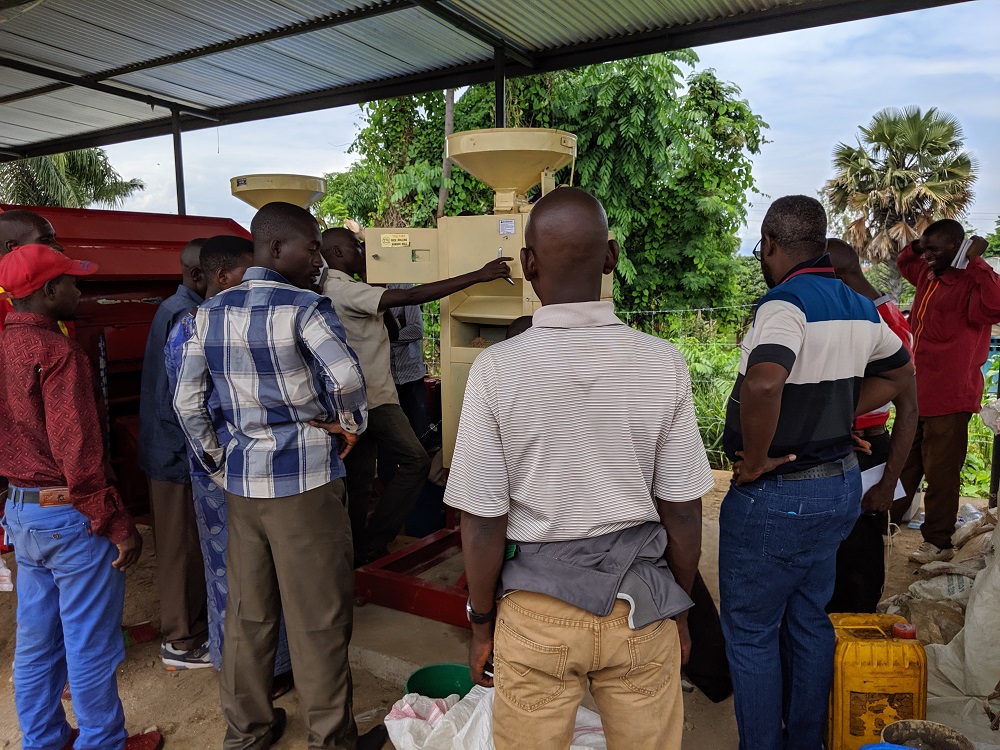
.
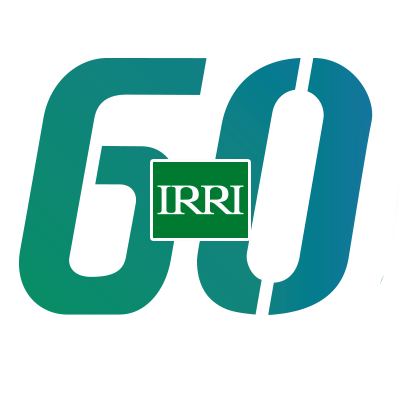 Agricultural mechanization is crucial in attaining food security in Africa.
Agricultural mechanization is crucial in attaining food security in Africa.
The Malabo Declaration on Accelerated Agricultural Growth and Transformation for Shared Prosperity and Improved Livelihoods states that suitable, reliable and affordable mechanization, among others, as intrinsic to doubling current agricultural productivity levels by the year 2025. It also has a prominent role in Agenda 2063 of the African Union. The Agenda cites agricultural modernization as a transformative tool for enabling the continent to feed itself and be a major player as a net food exporter.
However, achieving these objectives depend on enhancing access to mechanization services, improving access to quality and affordable inputs, and delivering efficient water resource management systems including irrigation, according to the Food and Agriculture Organization of the United Nations.
Mechanization, particularly for smallholder farmers, reduces hard labor, and eases labor shortages; improves the efficiency of use of resources, farm productivity, timeliness of agricultural operations, and market access; and helps mitigate the impact of climate change climate-related hazards.
Boosting Burundi’s agriculture
Burundi’s economy is highly dependent on its agriculture sector. Agriculture contributes 54% to the country’s GDP and more than 80% of its people are engaged in farming. However, erratic climate, poor farming practices, weak investments, underdeveloped infrastructure and capacity, pests and diseases as well as limited market access have led to low agricultural production putting almost 1.8 million people at risk of food insecurity.
The International Rice Research Institute (IRRI) has launched several initiatives in Burundi to help the country boost its agricultural output, particularly for its rice sector, since 2008.
Most recently, IRRI spearheaded the piloting and demonstration of agricultural machines for rice production and postproduction processes in 2019. The equipment, which includes two-wheel tractor with plough implement, hydrotiller, push weeder, axial-flow thresher, grain cleaner and two-stage rice mill shipped from Asia, was supported by the Project for Productivity and Development of Agricultural Markets (PRODEMA) and the Regional Project for Integrated Agricultural Development in Great Lakes (PRDAIGL). PRODEMA and PRDAIGL are funded by the World Bank. Burundi’s Ministry of Agriculture is the main implementer of PRODEMA with IRRI as the main project partner on the rice value chain component.
From farmer’s organizations to cooperatives
The first batch of commissioning and training on operation and maintenance of the machines was conducted for PRODEMA on 20-21 December 2019 at the IRRI-Burundi compound and at the Eastern and South Africa (ESA) Experiment Station in Imbo Plain.
“The training aims to capacitate farmer groups on the use of these machines and initiate business through service provision to other farmers,” said Mr. Joseph Bigirimana, IRRI regional coordinator for ESA. “The machines will be the contribution of the project to the farmers’ cooperative alongside the capacity building on making business plans for rice mill, hand tractor, thresher and parboiling of rice.”
The main PRODEMA beneficiaries are farmer groups or cooperatives in marshland and valleys where rice is grown. There are 13 cooperative beneficiaries under PRODEMA. Requirements for cooperatives are set by the government while the project also strengthens farmers’ organization to become cooperatives.
“The first batch of participants who attended the training are farmers from ten marshlands and two technicians from a private manufacturer,” said Mr. Jean Caude Nyawakira, project manager of PRODEMA. The training aimed to orient the farmers in the use of the machines while the technicians will help and guide the farmers to start and operate a rice milling business. “The project will guide the cooperatives in managing the rice mill business by providing milling service to other farmer cooperative members and we provide the training on business planning and financial management.”
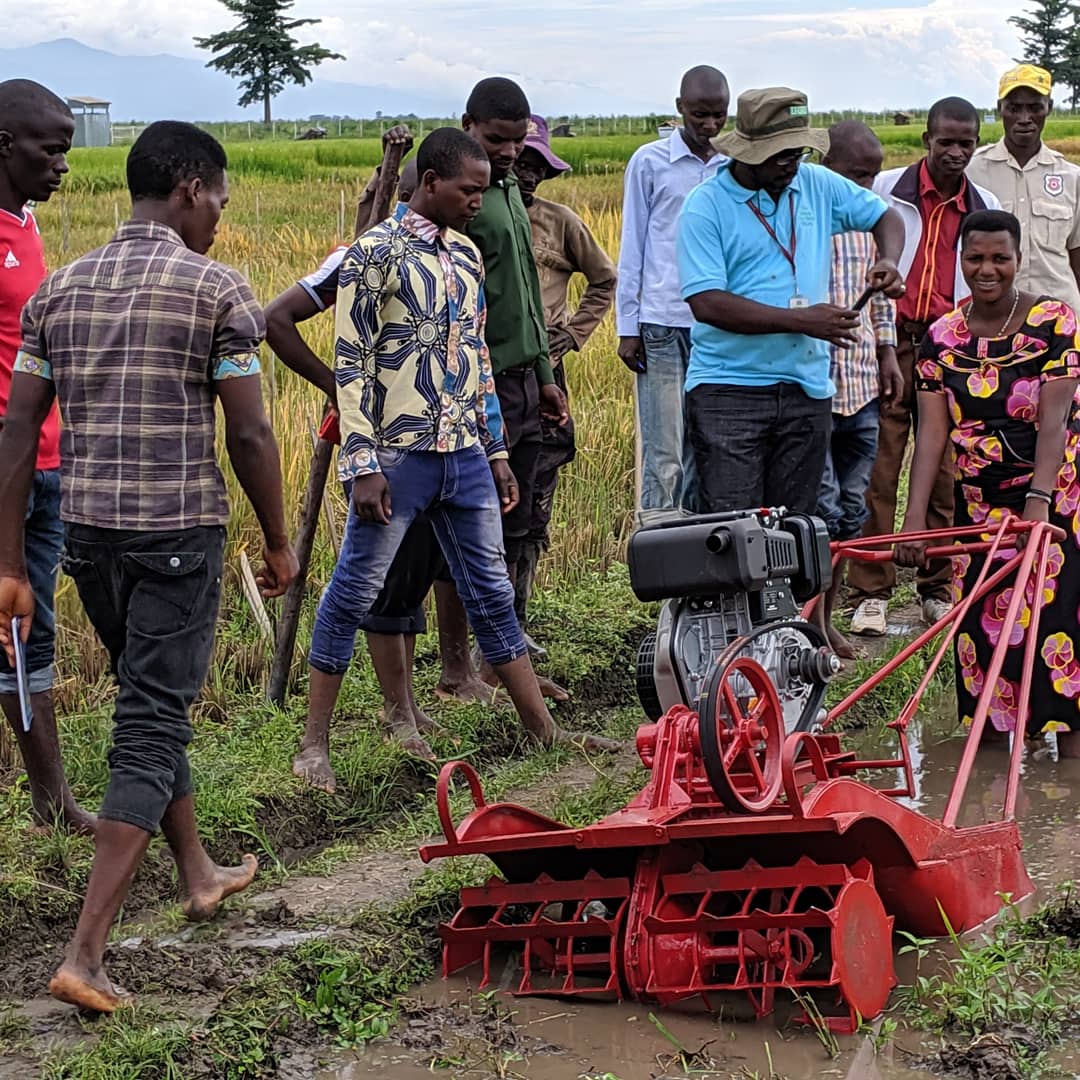
.
Putting quality rice within reach
Ms. Marie Therese Nahabaganwa, the lone woman participant who came from the Vumbi Commune in Ruhohera Marshland, Kirundo Province, appreciated the training on hand tractor operation.
“I would like to have another opportunity to learn more about operating tractors for land preparation as it would lessen the time needed for land preparation,” she said. “I also participated to understand the process and operation of rice milling. The rice mill will help our commune mill the rice we produce instead of hand pounding. We don’t have to walk for kilometers to get good quality rice. Now, we can also get the bran for animal feed and the husk for fuel and compost”
Pontien Ntakirutimana, a 38-year old farmer from Tangara Commune in Nyamuswaga Marshland, Ngozi Province, was also very pleased to learn about operating the hand tractor for land preparation.
“The use of the hand tractor could reduce labor cost in preparing the land,” he said. Daily workers are paid USD 1.33 per day. “One hectare could cost USD 133 for labor yet the quality of land preparation is not as good as with the hand tractor.”
That is a significant cost in a country where 90% of the population lives on less than USD 2.00 per day and the GDP is USD 600 (2012).
Mr. Ntakirutimana also welcomed the training on rice mill operation.
“It will be a big help for us to get good quality milled rice instead of selling rice paddy because the nearest commercial rice mill is six kilometers away from our village,” he said.

.
On 28 January 2020, two days before the completion of PRODEMA, eight units of compact rice mill were distributed to the farmers’ cooperatives in eight marshlands in the provinces of Rutana, Cankuzo, Kirundo, and Ngozi. Training and demonstration for key farmers in Rutana were conducted on the proper use and maintenance of hand tractors and axial-flow thresher on the same day. The next step will be to establish a supply chain of spare parts and support services in Burundi for the maintenance of the agricultural machines.
The training was facilitated by the Mechanization and Postharvest Cluster under IRRI’s Sustainable Impact Platform with the support of the IRRI-Burundi.
___________________
Mr. Balingbing is a scientist at the Mechanization and Postharvest Cluster under IRRI’s Sustainable Impact Platform. His expertise includes farm mechanization, rice postharvest management, irrigation and water management, and rice co-products management practices.

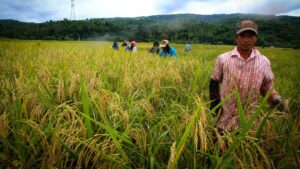
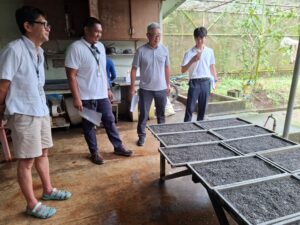
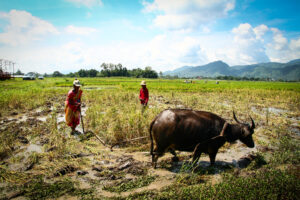
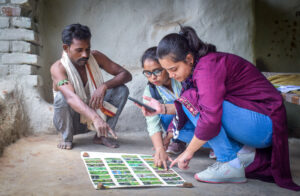
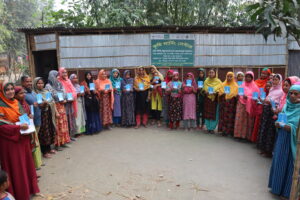
i would like to acquire the hydro power tiller.
any information on where i can find one?